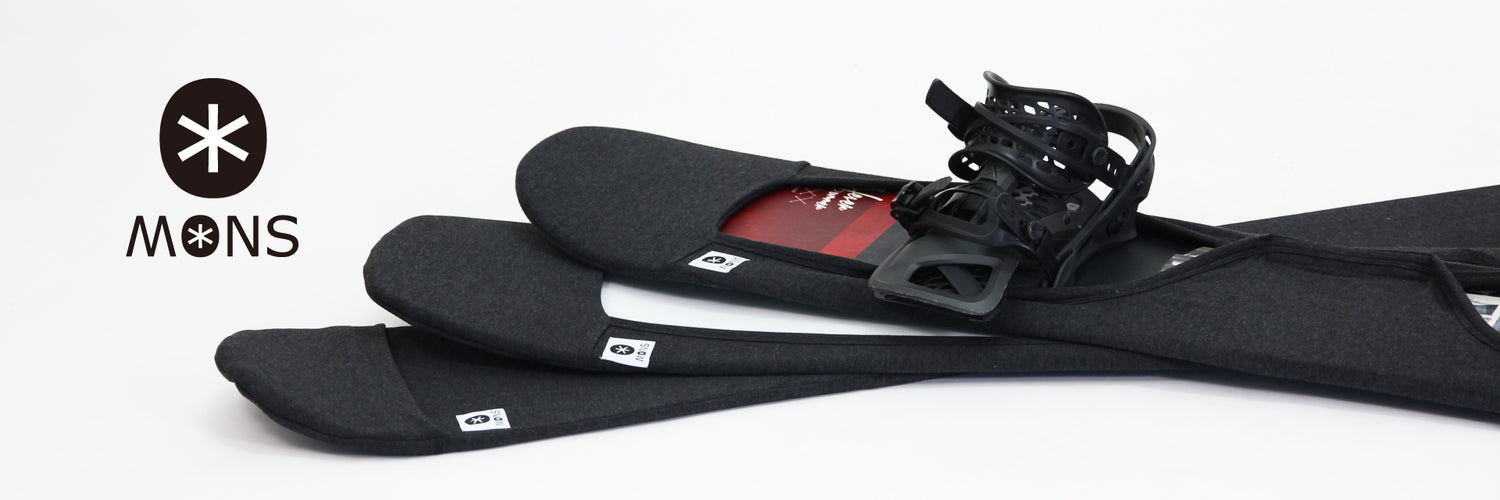Introduction of Snow Types
Do you know that different kinds of snow impact ski experience? 
Temperature and humidity are two conditions that affect the formation of snowflakes. Same as the fact that every snowflake is unique, different types of snow have their own characteristics. Below are the introductions.

❄️Powder Snow-The most popular type:
As the low level of humidity and low temperature, the snow crystal will remain frozen after landing on the ground. The snow texture is fluffy and soft, so it is comfortable to do snow sports on it. This type of snow is named “Powder”, it usually appears at the inclement region and high-altitude area. The snow in Hokkaido is an iconic example for it, moreover, the powder snow in Japan has the best quality, so it is also called “JAPOW” or “JPOW”.
❄️Slushy Snow:
When the temperature and humidity level grow up, for example the weather in spring or the large drop of temperature between day and night, rain may occur and part of the snow melts down into water that blend with solid snow, the texture will become slushy like mud, or some people use Slurpy to describes it. The drag force is larger than powder, so it will slow down the speed.
❄️Hard Packed Snow
If the piste has been riding for a long time and hasn’t been groomed by the piste basher, the texture of the snow will no longer remain soft. It requires sophisticated technique to control skiing, otherwise, skiers will hurt themselves badly if they fall onto the hard pack.
🧊Icy Snow
If the snow melts down during the day and refreezes at night, it will make the surface of the snow become icy, the texture gets harder than powder snow and slush snow. The drag force reduces and will speed up skiing and snowboarding, it is easy to lose control and make the skier fall over.
To summarize, different types of snow affect the experience of snow sports, and they also require different techniques. It is important to understand the impact, and it will not only make skiing delightful, but also guarantees the safety of skiers.





